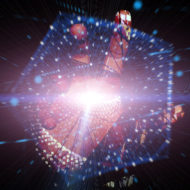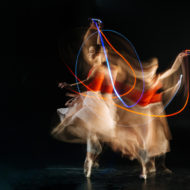
In addition to providing landmarks in the kinesphere, Laban designed a number of spatial sequences and patterns as technical movement exercises.
Reason Number Two for studying Choreutics: Laban’s patterns of movement through space enhance range of motion, balance, and coordination.
Choreutic forms – “rhythmic circles and scales” – are a tonic for the body. Range of motion, balance, and coordination are fundamental indicators of physical health. Thus these are concerns, not only for dancer and athletes, but for everybody.
Laban’s Choreutic forms are based upon his understanding of joint structure and bodily proportions. … Read More









